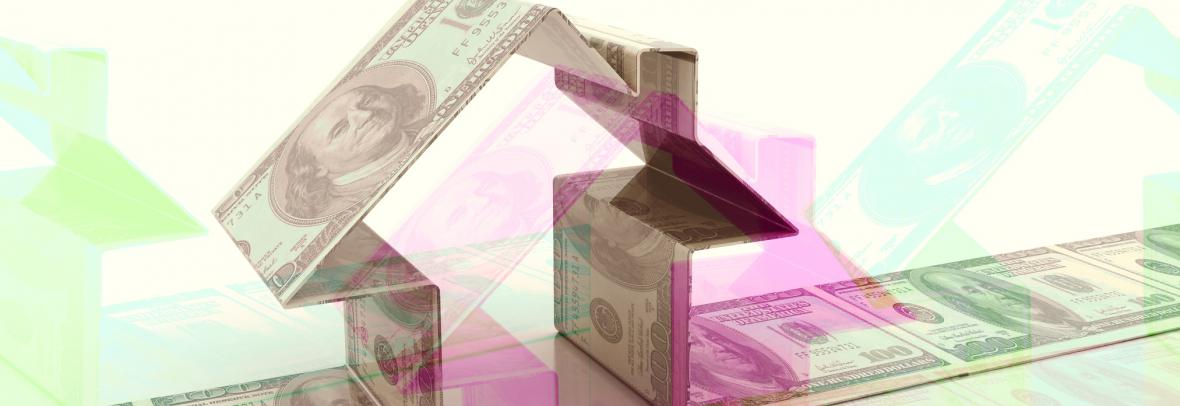
The pandemic relief bill has $25B for rental assistance that landlords can request on behalf of tenants. But the president must sign it and each state must distribute it.
WASHINGTON – The massive pandemic-relief bill passed by Congress offers a wide array of relief for Americans, from a $600 payment for most Americans to business-relief programs such as additional funding for the Pandemic Unemployment Assistance (PUA) and two business loan programs.
Many of the bill’s stimulus packages don’t uniquely affect the real estate industry but still do so indirectly. Couples saving for a new home, for example, could receive an additional $1,200 ($600 per person) within the next two weeks to use toward the downpayment. For a family with two children, it could be $2,400 ($600 more per child).
NAR created a six-page document, NAR’s Federal Advocacy Responses to COVID-19, and posted it online this week. It covers unemployment assistance changes, the Paycheck Protection Program (PPP), PPP tax forgiveness, state and local funding, individual stimulus payments, broadband expansion, tax provisions (related to COVID), tax extender provisions and other changes under the bill. The entire 3,126-page document is also posted online
The bill also extends an eviction ban to Jan. 31, 2021, in part to minimize the risk of COVID-19 spread by keeping at-risk families in their home. The ongoing eviction ban, however, has created a problem for real estate investors and landlords, many of whom hold mortgages on their rental property. Without money coming in monthly, some face the possibility of losing their investment, feeling as if government actions, so far, have protected tenants at the expense of landlords.
Under the latest pandemic relief bill, however, lawmakers included landlord relief. The total amount is $25 billion through Sept. 30, 2022, with the money allocated through the Department of the Treasury. The funding includes payments for past-due rent, as well as utilities “and other expenses related to housing.”
In addition, rental assistance money won’t be included in recipient’s income for federal tax purposes under the bill.
When can landlords apply for funds?
The bill itself must still be signed by President Trump, and while he has said he will sign it, Congress hasn’t finalized a few details and sent it to the president yet. And, as with most new bills, some of the details must be worked out by the people in charge of distribution.
Once signed, the rent-relief money will go to individual states. The minimum amount any single state will receive is $200 million, and Florida will likely get more since it’s based on population.
Before Florida’s investment property owners can apply for funds, however, the state must create the application system. Florida has some leeway in the design of its distribution system, though the relief bill says states “should prioritize families with incomes below 50% of area median income” – but NAR says the bill doesn’t specifically require that.
Florida Realtors is working closely with Florida regulators. As soon as an application process has been completed, it will be announced in Florida Realtors News.
© 2020 Florida Realtors®
Go to Source
Author: kerrys



